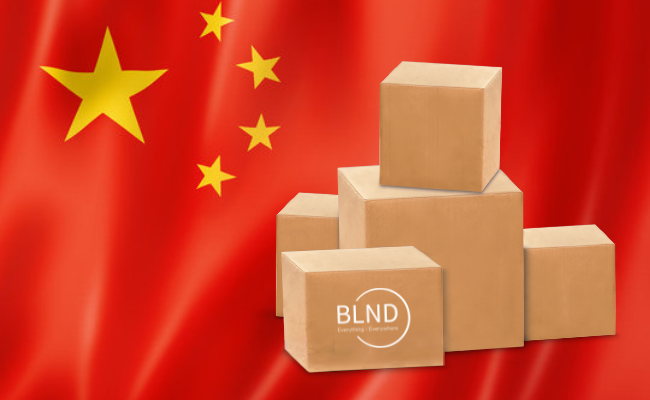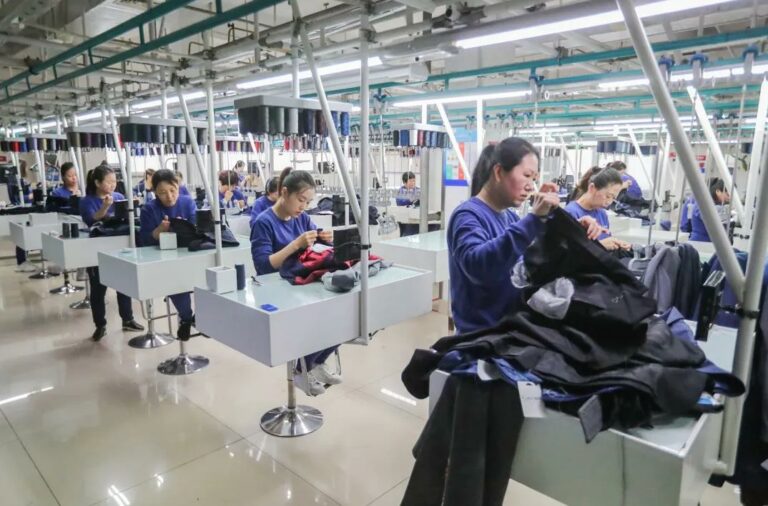To identify the best factories in China, it’s crucial to pinpoint suitable locations for Chinese factories and the industries prevalent in those areas. This process allows for a focused search to identify the ideal Chinese factory to procure products for your company.
When considering manufacturing in China, key industries in China include textiles, electronics, consumer goods, machinery, chemicals, automotive, and food processing. These industries benefit from China’s low labor costs, skilled workforce, diverse supplier base, and advanced manufacturing capabilities
For those seeking manufacturing China companies, understanding the central locations and their associated industries is essential. These top 7 locations serve as focal points to streamline the search for suitable manufacturing partners. Employing the expertise of a China product sourcing agent can further refine this search process.
These locations also feature industrial clusters, comprising suppliers and businesses within specific industries. The synergy within these clusters fosters productivity and healthy competition across various sectors.
When embarking on the journey to find a factory in China, the internet serves as a valuable resource. Online directories such as Alibaba and Global Sources offer extensive assistance in this regard. If feasible, attending trade shows in China provides an opportunity to establish connections abroad and engage with exhibitors offering goods similar to your product line. Furthermore, leveraging your professional network for recommendations can yield valuable supplier contacts.
Refining Your Search for a Factory in China Having initiated the process of finding a factory in China, you likely have compiled a comprehensive list of potential manufacturers. To narrow down your options:

At this stage, your search for manufacturers in China should have been narrowed down to three to five potential candidates. Prior to proceeding, it’s imperative that the potential manufacturers sign NDAs (Non-Disclosure Agreements). Subsequently, compile an RFQ (Request For Quotation) for each prospective supplier, detailing product designs, material requirements, product dimensions, and other pertinent information. Within the RFQ, include inquiries regarding the following
Understand the MOQ set by each manufacturer, as it directly impacts unit pricing. While higher quantities often lead to lower costs per unit, it’s crucial to strike a balance to avoid unnecessary expenses without compromising quality.
Determine the pricing structure for samples, which can vary among Chinese factories—ranging from complimentary to discounted rates or standard manufacturing prices. Assessing sample quality is crucial in the manufacturer selection process.
Request a breakdown of production costs per item, considering how pricing fluctuates with varying order quantities. Additionally, inquire about shipping costs, tariffs, and any ancillary charges imposed by the manufacturer.
Time is of the essence in manufacturing in China. Hence, ascertain the production timeline to streamline your supplier selection process and avoid prolonged delays.
Understand the payment schedule and method preferred by the supplier. Typically, new customers may be required to pay in full before production commences. Explore the possibility of negotiating improved payment terms once a stable supplier relationship is established.
Upon receiving responses to the RFQs, it’s crucial to verify the quality of the products offered by potential manufacturers. Select the most promising suppliers and request product samples. Anticipate minor variations between initial samples and your prototype, and engage in constructive communication with suppliers to refine sample products until satisfactory results are achieved.
This iterative process of sample refinement not only ensures product quality but also facilitates the development of a strong rapport with potential suppliers. Ultimately, this iterative process guides you towards selecting the most suitable manufacturer for your product. For additional insights on finding manufacturers for your product, refer to further resources available.
Understanding the benefits and drawbacks of engaging with manufacturing companies in China is crucial for informed decision-making.
There are two primary outsourcing models prevalent in Chinese manufacturing:

For Western companies venturing into business with China, awareness of prevalent fraudulent activities is crucial. Despite the common belief that larger factories are inherently more reliable, the reality doesn’t always align. Whether dealing with large or small manufacturers, prioritizing experience and proper documentation is paramount.
While some Westerners may balk at the additional expense of a commercial contract, its role in clarifying transactional terms cannot be understated. A well-worded contract serves as a safeguard against potential difficulties during the manufacturing process.
Supplier verification relies on obtaining official records, including:
While personally inspecting factories entails considerable expense and time commitment, it offers firsthand insights into production facilities. Alternatively, enlisting the services of a reputable sourcing agent can streamline the process and mitigate risks.
Throughout the production process, rigorous quality control measures should be implemented to ensure adherence to standards and minimize errors.
Accessing existing customer reviews and soliciting additional feedback directly from previous clients can provide valuable insights into a supplier’s reliability and performance.
Navigating the complexities of finding factories in China requires diligence and patience. While mistakes may inevitably occur, there are avenues for simplifying and expediting the process. Engaging the services of a reputable sourcing agent, such as BLND-Sourcing, offers Western businesses an end-to-end solution, handling payment, negotiation, and shipping logistics to facilitate business growth with confidence.
